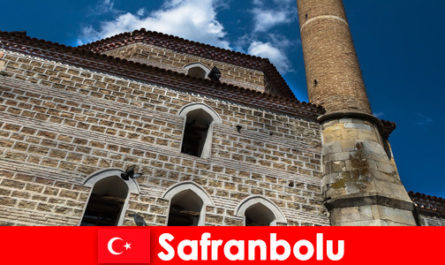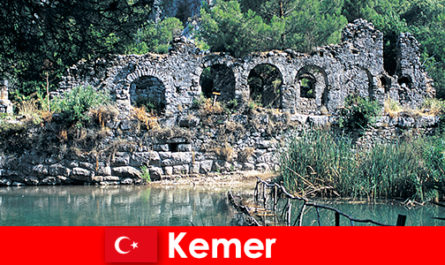Culture and Turkey – these are two things that belong to this country, as well as beautiful beaches and pure relaxation. In fact, Turkey is also widely visited for its cultural treasures and rich history, and not just for lazing on the beach. Many cultural trips focus on Ankara, the Turkish capital. Visitors are drawn to this city for a number of reasons.

Cosmopolitan city since 1923
The city, which lies at the foot of the Köroglu Mountains and is characterized as a capital by the fact that the official seat of government has been located here since 1923, is also a cosmopolitan city, if you like. The city had to be rebuilt after a big fire in 1917. The fire had largely destroyed the city. In addition, the area was swampy. It was German architects who mainly helped give this city a new look. For example, the foreign architects built the parliament building, as well as several ministries and the courthouse and a villa for Kemal Ataturk. Another large wave of construction began in the 1950s, which was determined by rural exodus. In the city today, large, functional square buildings and thoroughfares dominate. The plan to create a “green city in the midst of the Anatolian steppes” became less and less important. Especially since in the 1980s high-rise settlements were built in the city. The fact that the city became a cosmopolitan city was mainly due to the increase in the number of inhabitants. Today around 5.7 million people live in the city.
What’s left
Tourists who come to Turkey’s capital today can still see some structures that the 1917 fire spared. This applies above all to the district of Ulus, the historic center of Ankara. Here you can marvel at the Caracalla Baths, which date back to Roman times. This Roman bath complex dates back to the 3rd or 4th century. However, only the foundation walls have been preserved with some evidence of the early modern infrastructure in the form of the heating system. The ruins of the Temple of Augustus right next to it are also worth seeing. The mausoleum in Anitkabir is completely preserved. But there is also evidence from more recent times, namely the resting place of the founder of the state, Kemal Ataturk. However, the German architects put a lot of effort into rebuilding the city after the fire of 1917 in order to impress future visitors who plan to visit Ankara on their cultural itinerary. The parliament building is also impressive. There are three of them. A testament to ancient times are the citadel and the Hacibayram district. A cultural trip to this city should definitely include a visit there. The citadel is in the middle of the old town. Visitors should not forget to visit the city’s many mosques. The Kocatepe Mosque is the largest mosque in the city. This place is not just for praying. There is also a supermarket, a conference room and tea houses in the mosque. This modern mosque construction dates back to the 1960s. The Dogramacizade Ali Sami Pasa Mosque, completed in 2008, is somewhat more recent. And what would a cultural trip to the capital of a country be without visiting museums? This city has many museums to offer.
 Dansk
Dansk Deutsch
Deutsch Español
Español Français
Français Indonesia
Indonesia Italiano
Italiano Magyar
Magyar Melayu
Melayu Nederlands
Nederlands Polski
Polski Português
Português Русский
Русский Română
Română Tiếng Việt
Tiếng Việt Türkçe
Türkçe Українська
Українська български
български Ελληνικα
Ελληνικα 한국어
한국어 हिन्दी
हिन्दी 日本語
日本語 简体中文
简体中文




